Cataracts are an eye condition caused by various factors. In the early stages, the eye’s lens becomes cloudy, and as the disease progresses, increasing opacity disrupts vision. Fortunately, cataracts can typically be treated with a simple surgical procedure once they reach the “mature” stage.
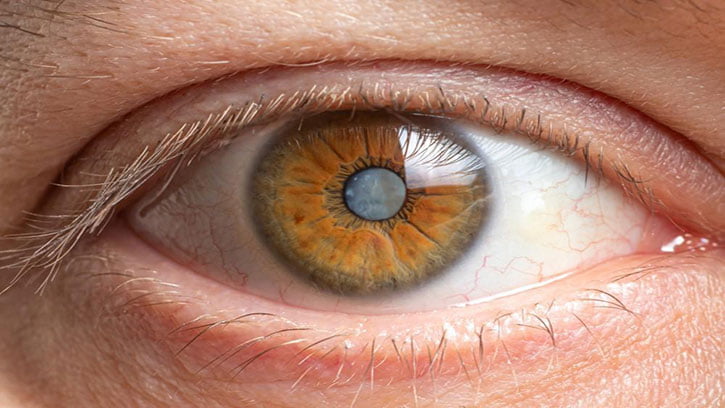
Comprehensive Definition of Cataracts
A cataract occurs when the eye’s lens loses its transparency and becomes cloudy, leading to diminished vision. Each human eye contains a lens—a completely transparent structure located behind the pupil. The lens focuses incoming light rays precisely onto the retina.
This seemingly simple organ, occupying a tiny portion of the eye, allows us to see objects clearly. If the lens loses its transparency for any reason, vision becomes impaired and deteriorates. The degree of vision loss depends on the severity of the cataract. In early stages, individuals may not notice significant vision problems, but over time, progression can lead to complete blindness.
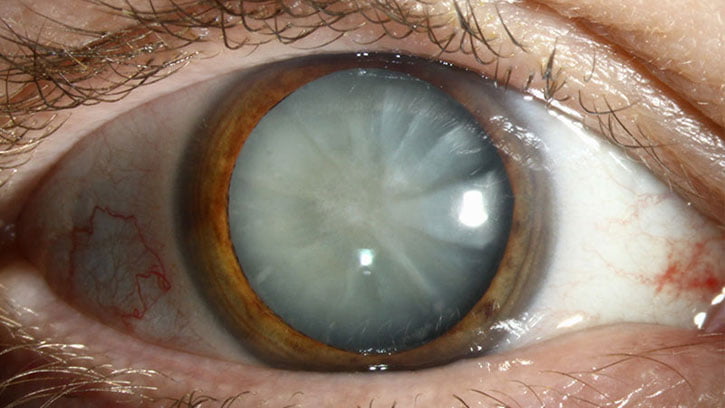
Primary Causes of Cataracts
The most common cause is genetic factors, typically occurring in individuals over 40. Trauma-induced cataracts rank second. Other causes include diseases like diabetes and hypertension. In some cases, cataracts may be congenital.
Regardless of the cause, timely surgery is essential. While cataracts usually develop after age 40, congenital cases require urgent treatment to prevent complications like amblyopia (“lazy eye”) or blindness.
Early Symptoms of Cataracts
In adults, delayed surgery risks increased intraocular pressure due to lens swelling, potentially leading to glaucoma. If this occurs, vision may not fully recover post-surgery.
The primary symptom of cataracts is blurred vision. Patients may struggle to see objects clearly, experience double vision, and in advanced stages, develop glaucoma or blindness.
Early symptoms include better vision in dim light than bright daylight, as dilated pupils allow more light to enter. In advanced stages, objects may appear as light spots, and a white or gray cloudiness becomes visible in the pupil.
Treatment Methods for Cataracts
Currently, surgery is the only effective treatment. Advances in ophthalmology have made cataract surgery minimally invasive with few complications and short recovery times.
The gold standard is phacoemulsification surgery, where a small incision is made at the corneal edge. A specialized probe uses ultrasound waves to break up and remove the hardened lens, replacing it with a pre-measured intraocular lens (IOL). This method avoids sutures, reduces complications, and restores vision rapidly, often requiring less than a day of hospitalization.
For mild cases, updating eyeglass prescriptions may temporarily help. However, no medications, diets, or optical devices can prevent or cure cataracts. Wearing UV-blocking sunglasses and avoiding direct sunlight may slow progression.
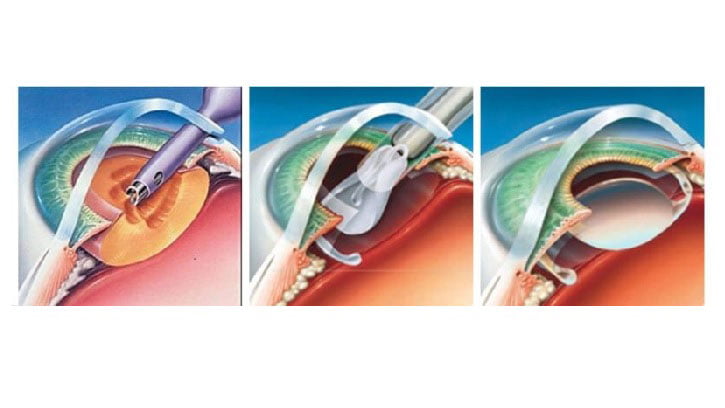
Optimal Timing for Surgery
The ideal time for surgery depends on the cause, severity, and patient age. For adults, surgery is recommended when vision impairment disrupts daily life—for example, difficulty counting fingers at half a meter. Congenital cases require immediate intervention.
Types of Cataracts
Age-Related Cataracts:
The lens hardens and clouds over time. Most common in individuals over 65 (50% prevalence in ages 65–74; 70% after 75), though onset can begin at 35.
Secondary Cataracts:
Linked to conditions like diabetes or prolonged corticosteroid use.
Traumatic Cataracts:
Result from eye injuries, appearing immediately or years later.
Congenital Cataracts:
Present at birth or developing in early childhood. Often bilateral, surgery is critical if vision is affected.

Symptoms of Cataracts
- Blurred or hazy vision
- Light sensitivity (e.g., glare from headlights or sunlight)

- Faded or washed-out colors
- Poor night vision
- Double/multiple vision
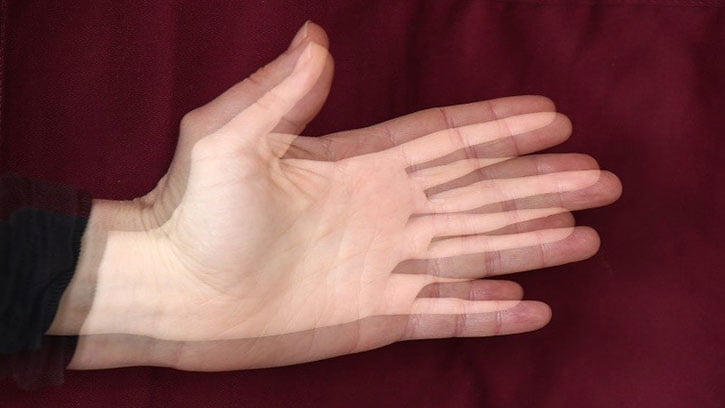
- Frequent changes in eyeglass prescriptions
- Temporary improvement in near vision (later worsens).
Note: These symptoms may overlap with other eye diseases. Prompt consultation with an ophthalmologist is crucial.
Progression Rate
Progression varies. Age-related cataracts develop gradually over years, while secondary or traumatic cases may advance rapidly, especially in younger patients or those with diabetes.
What to Expect from Cataract Surgery
Millions of cataract surgeries are performed globally each year, with a 95% success rate. In Iran, over 100,000 surgeries are conducted annually, typically under local anesthesia. The clouded lens is replaced with a permanent IOL, eliminating the need for thick glasses.
In 20% of cases, the lens capsule clouds post-surgery, requiring laser treatment. Post-operative care includes avoiding strenuous activities and using prescribed eye drops.
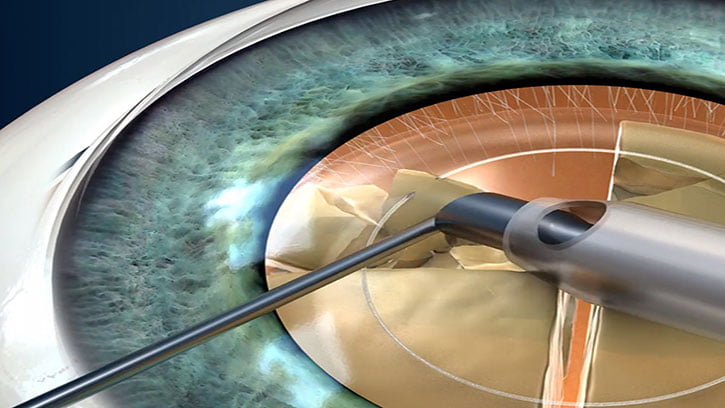
Conclusion
Cataracts are a leading cause of vision loss, especially in the elderly. Timely surgical intervention is the only cure. Early diagnosis and treatment are vital to prevent complications. Patients experiencing symptoms should consult an ophthalmologist immediately to preserve vision and quality of life.

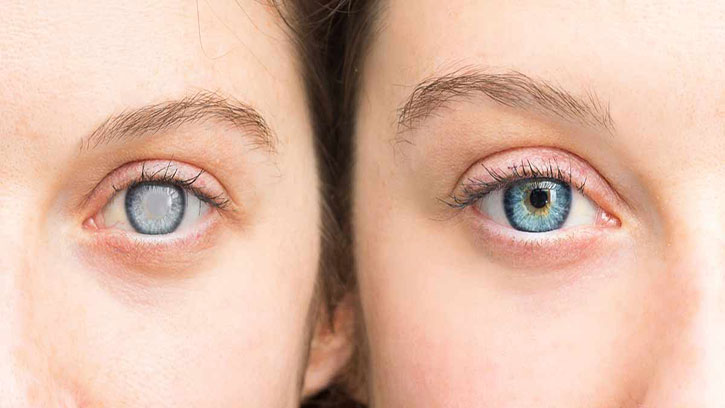
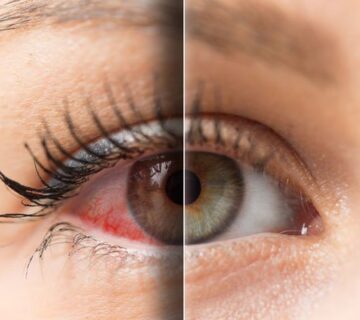
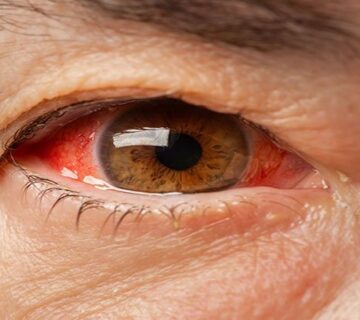
No comment